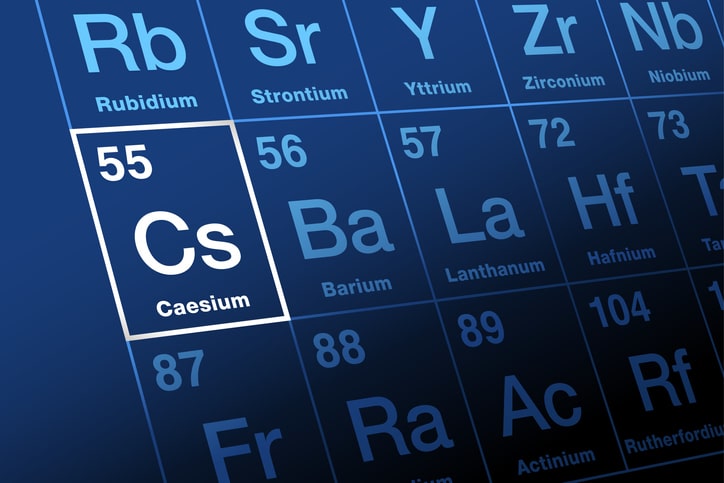The Hazardous Materials Table, also known as the DOT Hazmat Table, is a list of hazardous materials that are regulated by the Department of Transportation (DOT). The Hazardous Materials Table is federally regulated and is used to help emergency responders and other safety professionals identify and respond to hazardous materials incidents.The table is also used to develop safety procedures and regulations for the handling, storage, hazardous materials assessments, and transportation of hazardous materials. If you are a professional who hopes to ensure the safest and most secure practices when dealing with transporting or working with hazardous materials, it’s best to familiarize yourself as closely as possible with the Hazardous Materials Table. That’s why, in this blog post, we will take a closer look at the table itself, and discuss its purpose and use.

The Hazardous Materials Table
To begin with, the Hazardous Materials Table is divided into eight sections, each of which covers a different type of hazard. The table lists the material’s proper shipping name, hazard class, packing group, and ID number. The ID number is used to identify the material on shipping papers and labels.
The Hazardous Materials Table is an essential tool for anyone who conducts hazardous materials assessments, or ships or transports hazardous materials. The table helps ensure that dangerous goods are properly classified, labeled, and packaged. It also provides information on how to safely handle and transport these materials.
How the Hazardous Materials Table Is Divided
With so many sections that make up the Hazardous Materials Table, this useful tool is full of information and guidance for those needing to understand the risks and details of hazardous materials. That’s why it’s divided into eight compartmentalized sections, to keep it orderly and easy to consult.
The following sections make up the Hazardous Materials Table:
- Section 1: Explosives
- Section 2: Gases
- Section 3: Flammable Liquids
- Section 4: Flammable Solids
- Section 5: Oxidizing Substances and Organic Peroxides
- Section 6: Toxic Substances and Infectious Substances
- Section 7: Radioactive Materials
- Section 8: Corrosives
By keeping the Hazardous Materials Table compartmentalized and divided into sections, it makes it easier for those in the transportation industry to conduct hazardous materials assessments and consult the table to gather the information needed to maintain a safe work environment and ensure secure transportation methods.
Conclusion
The Hazardous Materials Table is an essential tool for anyone who ships or transports hazardous materials. The table helps ensure that dangerous goods are properly classified, labeled, and packaged. It also provides information on how to safely handle and transport these materials.
If you’re involved in working with hazardous materials in your workplace, or part of your job requires the transportation of hazardous materials, make sure you familiarize yourself with the DOT Hazmat Table. That way you can ensure educated safety practices that keep you and everyone around you safe.
Alberta Safety & Environmental Services (ASE Services) is one of the most reputable providers of Hazardous materials assessment and hygiene inspection services—including asbestos, lead, mould, mercury, and silica detection, as well as industrial hygiene testing for grow ops and other facilities.
With a background in Alberta’s Occupational Health & Safety Commission and professional project management skills, our qualified staff can provide reliable handling of air quality and industrial hygiene from initial industrial inspection all the way to remediation programs. Whether just for a permit, or in-depth air quality control, we can help. Feel free to reach out and secure air quality and hygiene requirements for your building.
